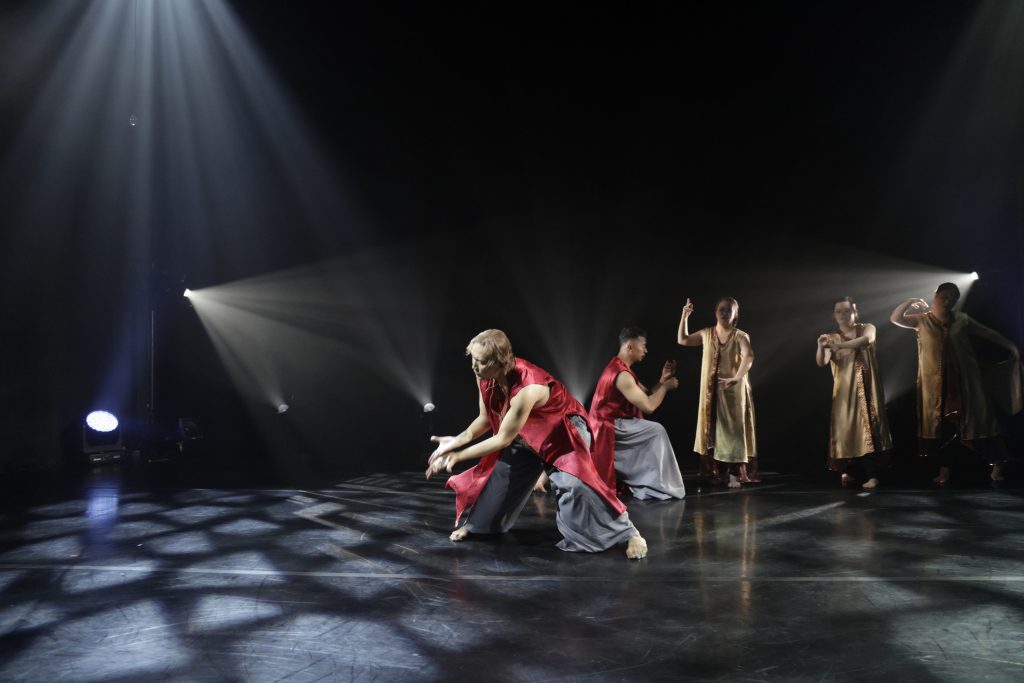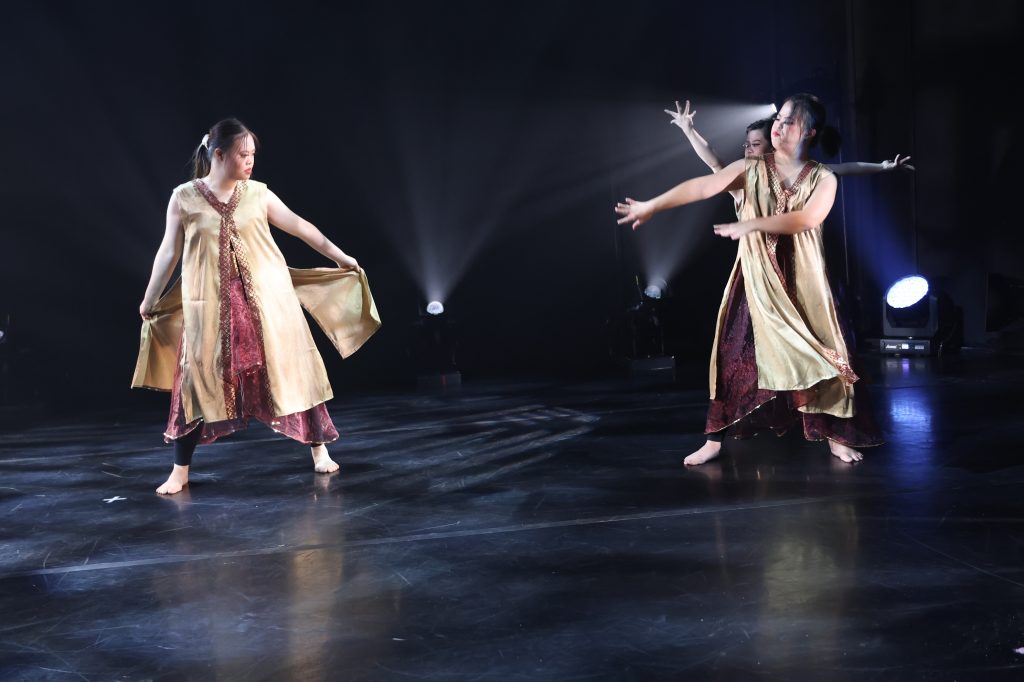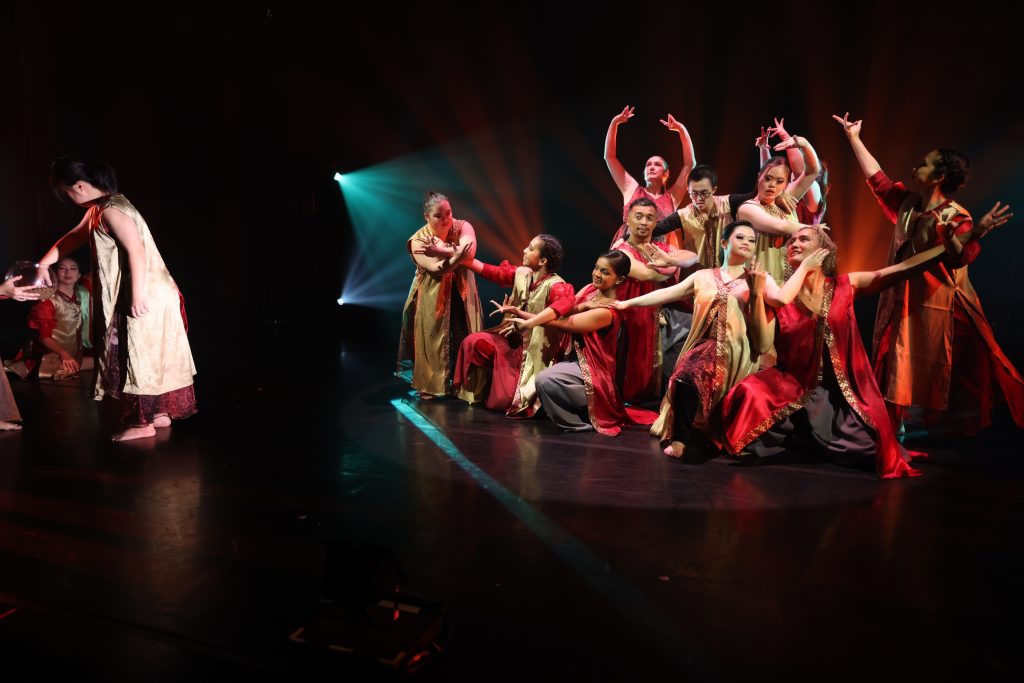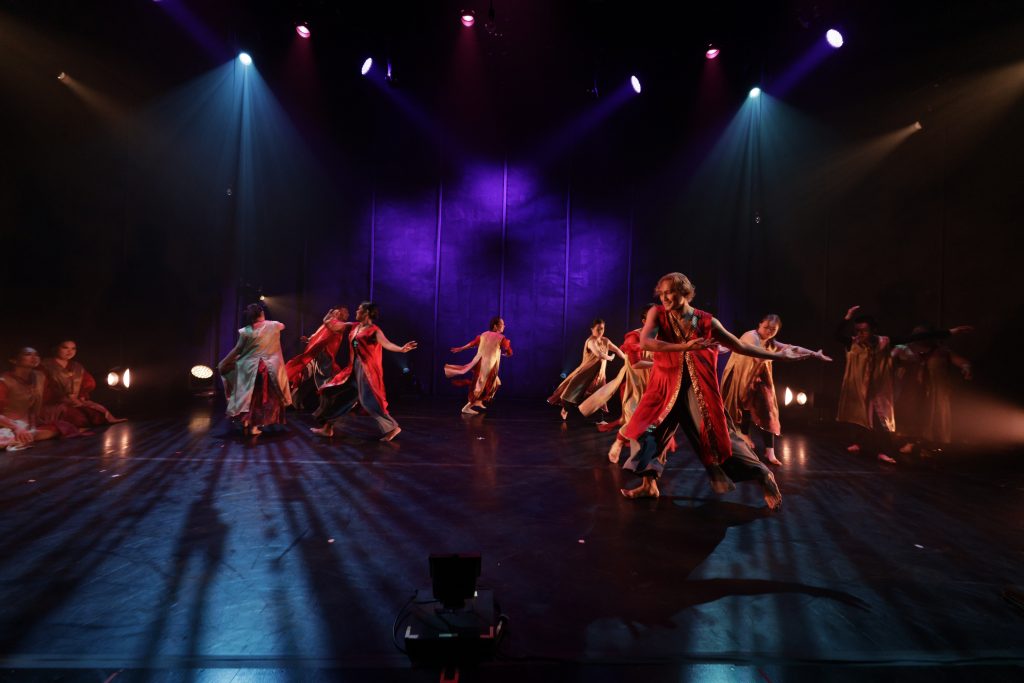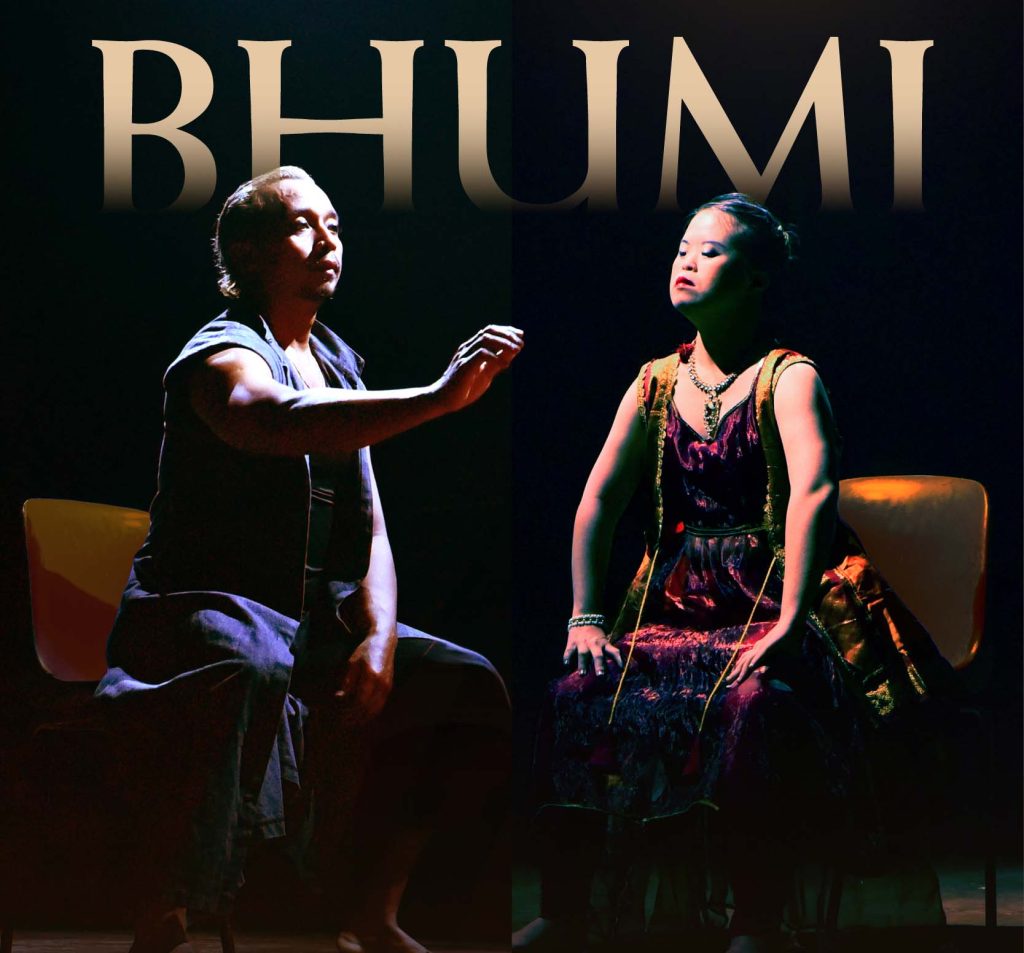Bhumi – A disability led dance theatre production
Bhumi, meaning “Earth” in Sanskrit, is a bold, powerful and inclusive new dance work that asks a deeply personal question:
If the world is our home, then why do so many of us still feel left out?
Created by Maya Dance Theatre and its inclusive wing, Diverse Abilities Dance Collective (DADC), Bhumi shines a spotlight on persons with disabilities as they share their lived experiences, challenge societal stereotypes, and reclaim their place within our communities.
Bhumi brings together a range artists from Indonesia (Gigi Art of Dance, Jakarta), Australia (Liz Lea Creates and TheStellar Company, Canberra), and Singapore (Under the Bridge Collective), with poetry performance theatre artist Verena Tay and Music Direction by Kailin Yong.
Together, we ask:
Can the world be a kind and safe space — truly accepting of all people, of all abilities? Bhumi is not just a performance.
It is a conversation, a call to action, and a reminder that building an inclusive society begins with truly listenin seeking to understand, slowing down, and embracing one another with empathy and dignity.
Artistic Direction by Kavitha Krishnan in collaboration with the artists
13 June 2025: 8pm
14 June 2025: 3pm & 8pm Drama Centre Black Box 100 Victoria Street Singapore188064
Review by Hemang Yadav
“Bhumi by Maya Dance Theatre and DADC was a multilayered performance, grounded as befitting its name, but also frequently ephemeral like air (the sheer emotive elegance of Gigi from Indonesia), filled with fiery energy (the lightning dynamism of Shahrin, Sufri, Shruti and Australian Stellararts dancer Liz) and demonstrating flow and trajectory like a river (the words of Jo Devadason spoken by Verena Tay, and the music of Kailin).
But perhaps this should not surprise us, as Bhumi is everything and she gives and carries everything. Bhumi is abundance and she has space for everyone, making the notion of earth a perfect one for a performance that unites dancers of diverse abilities. It is the variety, the harmonising of clearly different elements, that particularly strikes the audience watching this performance. There’s space for everyone, so why wouldn’t there be space for individuals who are different? The dancers with Down Syndrome effortlessly demonstrated their right to exist on that stage, and by extension on Earth herself. June, Jiaying, Katie and Namira shone on that stage, each particularly demonstrating a calmness, sincerity and centredness that perfectly evoked Bhumi for me.
At the same time, the production reminds us that ‘every prospect pleases but man alone is vile’. It is man who denies his fellow man space on this earth, as the neverending military conflicts we are afflicted with persist in reminding us. It is man who turns earth into packets of land (illustrated by the earth kept within fish bowls) and draws lines separating us from our brothers and sisters. Almost like a roleplay that shows you what can be made possible and how things ought to be, there were amazing duets pairing a differently abled dancer with a ‘normal’ dancer, presented not in a typical patronising way but with true egalitarianism, charming us by showing how everyone has something precious to offer, and what can be achieved when we walk hand-in-hand. The duet between June and Sufri brought in an element of comedy, lightheartedly presenting the profound truth that we all feel the same emotions, and with that empathy we can all get along. Especially memorable was the little girl, reminding us to find the child within us, unfettered by the boundaries and limitations we learn as adults. That scene also demonstrated the maturity of those we mistakenly judge as lacking and needing help, beautifully portrayed by the lovely performer Arassi, who finds a way to play with the children, inserting herself gently but confidently back into the world. In a similar way, it is the Earth fairy Jiaying who cures the urbanite Shruti, subverting our expectations of who should be the healer and who the one needing healing.
The scene of urban stress and horror was particularly moving as the actors conveyed raw emotions with their facial expressions alongside their dancing prowess. The scene convincingly conveyed that the true solution to our mental health problems might lie in filling that gap that modern life constructs between nature and us. We need to remember that we emerged from earth, impactfully and aesthetically presented earlier through the white drapes that covered the performers out of which they emerged. We are of the earth, which is why it is Mother Earth alone who can comfort and heal us. By extension, we are made to realise that it is the human Other, the one who is different from us, who can offer us companionship and a different perspective, saving us from the lonely prisons of the mind that modernity has shut us into.
While soothed by this loving positive image of Mother Earth and the support of fellow human siblings, I also found myself musing on what the performance chose not to dwell on- that even a loving parent might not remain doting and forgiving forever if we keep trampling on her. Let us respect Mother Earth and care for our fellow inhabitants, before it becomes too late, and She unleashes her fury on her errant children. There is every sign that She is already losing her patience…”
